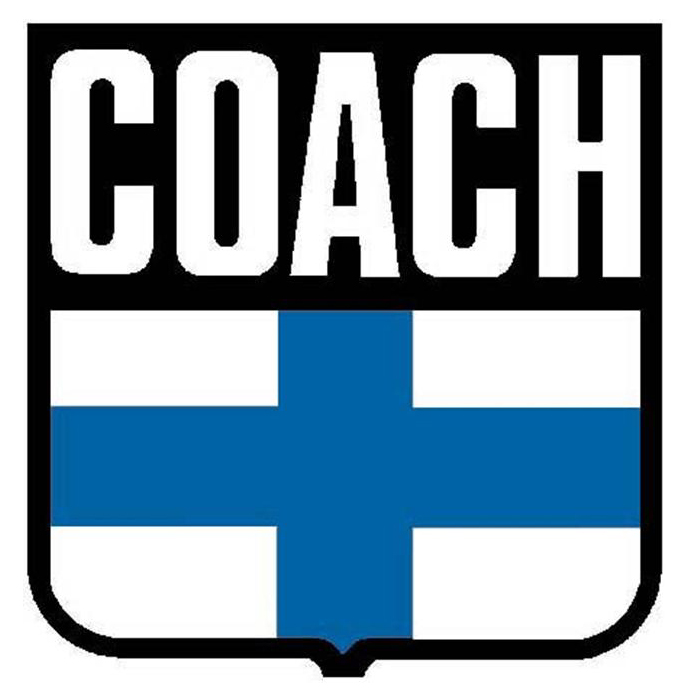Why fitness and conditioning needs to be AGE-specific?
 Wednesday, May 4, 2011 at 3:56PM
Wednesday, May 4, 2011 at 3:56PM  How to build a successful Youth Conditioning Program -article written by Tommi Paavola, Discover Movement LLC. (First published in Athletic Business magazine)
How to build a successful Youth Conditioning Program -article written by Tommi Paavola, Discover Movement LLC. (First published in Athletic Business magazine)
Athletes First, Players Second
Coaches are often tempted to teach and practice game-specific skills more than general athletic skills, since game-specific skills are the ones that eventually determine which team wins and which loses. Limited training time and people's high expectations of success can also lead to this exaggerated emphasis on developing sport-specific skills. Development of general athletic skills, such as jumping, landing, skipping, lunging, twisting and hopping lay the foundation for game-specific skills and is vital to becoming a healthy and successful athlete. Narrowing the variety of movement skills before the athletic foundation has been laid can risk a child's long-term development and suffocate his or her true potential.
 An Age-Sensitive Approach
An Age-Sensitive Approach
Coordination, balance, speed, flexibility, agility, strength and endurance are all important components of human movement and sport performance. The different stages of a child's growth and development determine which motor skills should be emphasized in training programs. For example, speed and agility progress optimally during the "skill hungry" years of 8 to 12, whereas strength and endurance become important in subsequent years. A 10-year-old boy is at his peak period to enhance acceleration speed and change of direction through games like tag or short shuttle runs. Drills that incorporate multidirectional hops on a single leg are well absorbed by children age 8 to 12.
You can read the whole Discover Movement Youth Conditioning article here.






Reader Comments